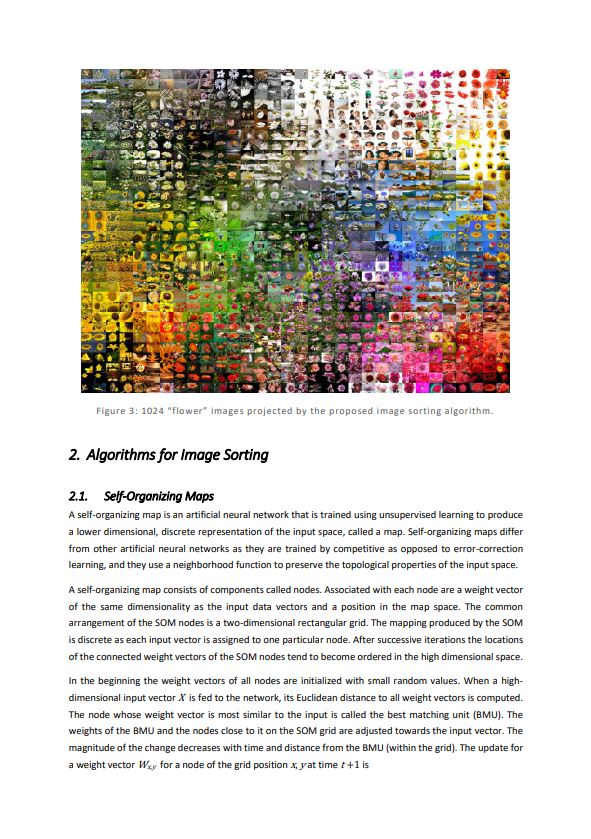Visually Exploring Millions of Images using Image Maps and Graphs
Authors: Kai-Uwe Barthel, Nico Hezel
Abstract: Humans can easily understand complex pictures, but they have great difficulties to deal with large amounts of unorganized individual images. Users are confronted with large image sets when searching photos in image archives or when trying to find particular scenes in a video collection. In these cases, searching for particular images can be very time consuming. As human perception is limited, overview is quickly lost if too many images are shown at the same time. Up to now very large image and video archives do not offer visual browsing or exploration of the entire collection. Typically, images are represented by their keywords and/or high-dimensional feature vectors to describe their look and content. Content-based image retrieval schemes compare these feature vectors to describe image similarities. While there has been a lot of effort to improve visual search, there is not much support for exploratory image search. Sorting images by similarity can help users to view and recognize more images simultaneously. However, conventional dimensionality reduction schemes that project high dimensional data to 2D cannot be used for image sorting because their projections result in unequally distributed and overlapping images. In addition, these approaches suffer from very high complexity. If images are to be sorted on a dense regular grid, only self-organizing maps (SOMs), self-sorting maps (SSMs) or discrete optimization algorithms can be used. When dealing with collections in the range of millions of images, hierarchical visualization and navigation techniques need to be used.
Reference: https://doi.org/10.1002/9781119376996.ch11
